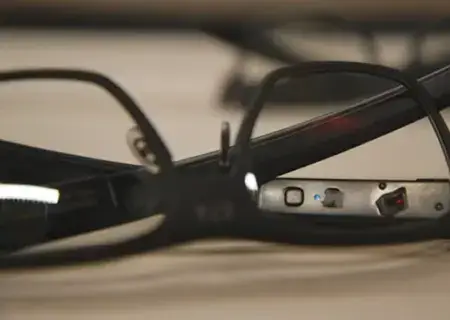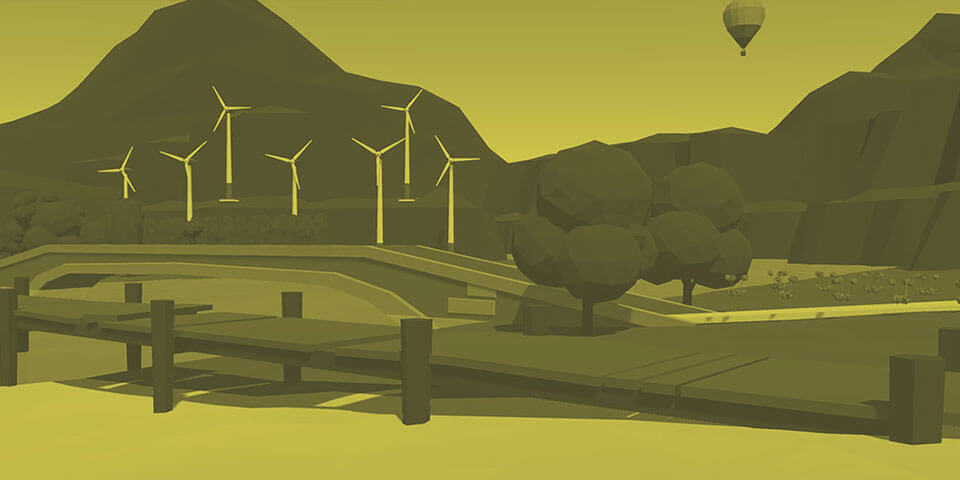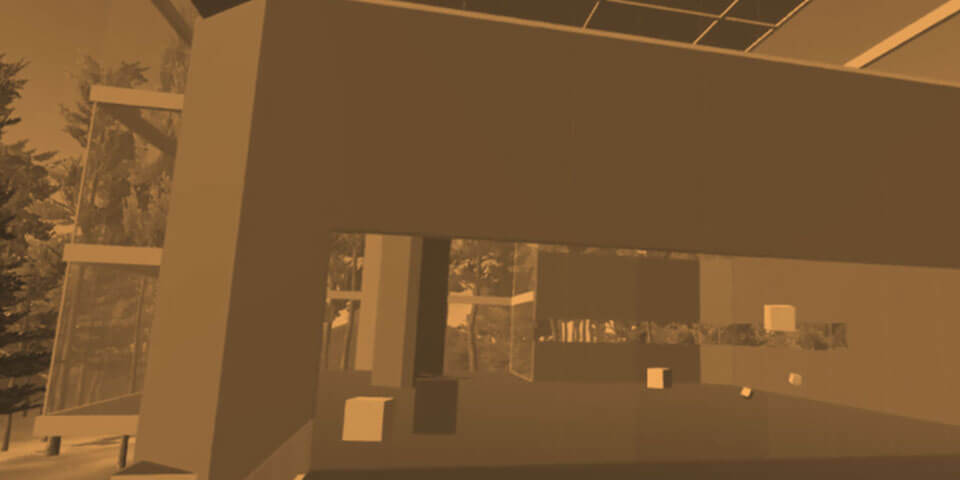23 Mar Everyday Wearables and the Future of Augmented Reality
As a greater number of device manufacturers enter the Augmented and Virtual Reality space, some interesting questions and philosophies of adoption are raised. What can AR wearables do that my phone or watch can't already do? Will the manufacturers develop the software or create a platform...





